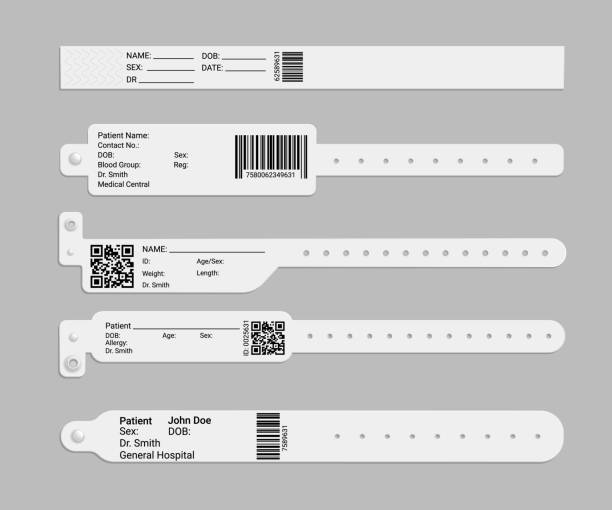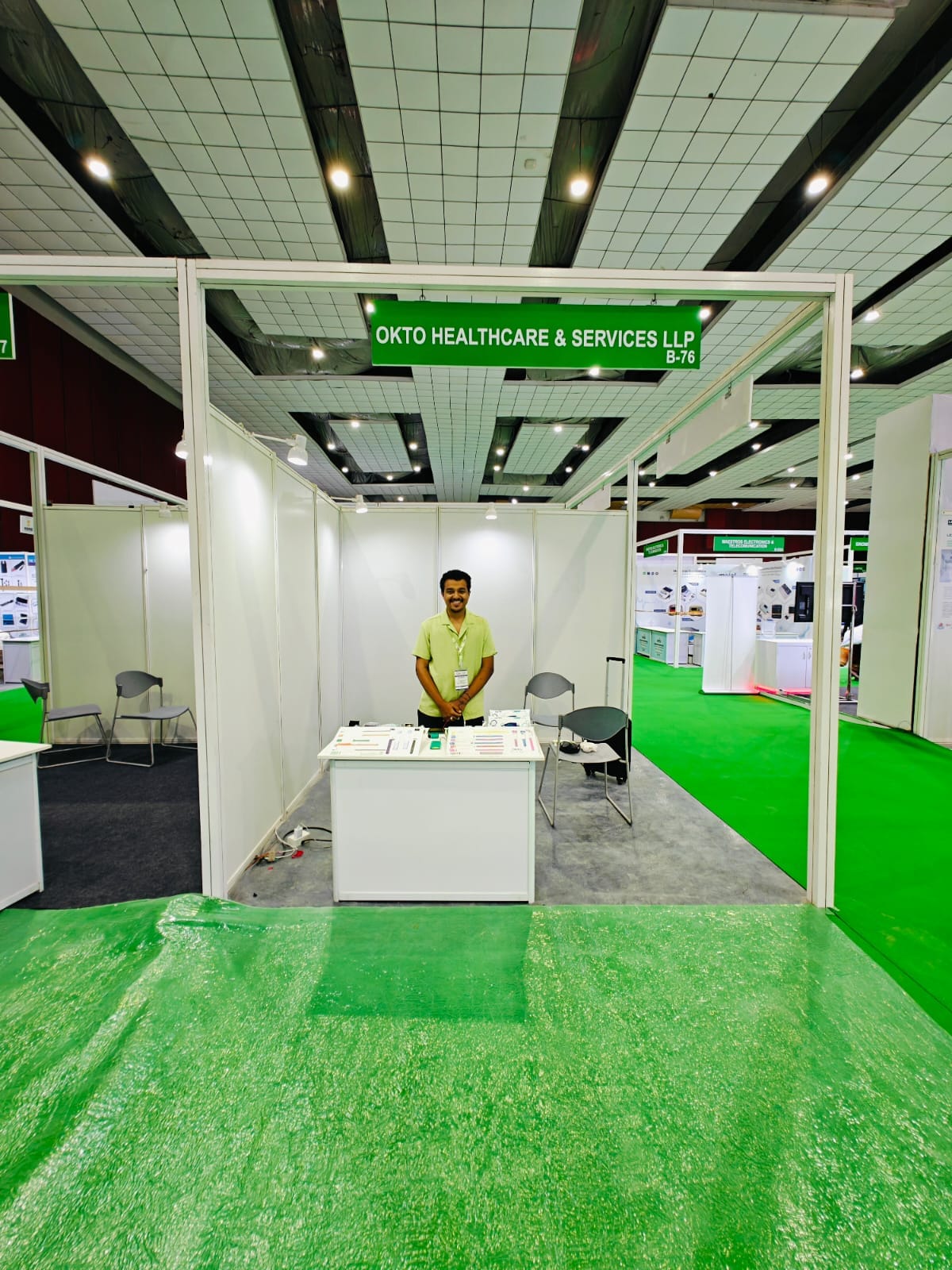Why Hospitals Choose Patient Identification Band for Efficient Patient Tracking
Why Hospitals Choose Patient Identification Band for Efficient Patient Tracking
Blog Article
Enhancing Client Treatment With Efficient Identification Bands
The execution of efficient identification bands is a crucial element in boosting client care within medical care setups. These bands not only serve to mitigate the threats related to person misidentification however additionally streamline communication amongst medical workers, therefore fostering a much safer environment. Various sorts of recognition bands satisfy particular demands, from durable wristbands for adults to specialized bands for infants and critical situations. As the landscape of individual recognition evolves, one need to take into consideration the ramifications of these systems on overall health care distribution and client outcomes. What technologies await in this important area?
Significance of Individual Recognition
Guaranteeing accurate individual identification is important in healthcare settings, as it directly impacts the safety and quality of care provided. Misidentification can bring about major errors, including administering the incorrect drug, doing inaccurate procedures, or miscommunicating vital patient details. Such mistakes not only jeopardize person safety and security yet can likewise result in legal implications and reduced rely on healthcare systems.
Effective person identification is fundamental to developing a safe and secure atmosphere where clients receive individualized and proper care. It facilitates the exact paperwork of case histories, allergic reactions, and therapy plans, guaranteeing that doctor have access to necessary information in all times. Moreover, robust identification procedures aid enhance communication amongst medical team, improving cooperation and minimizing the risk of blunders.

Sorts Of Identification Bands
Identification bands play an essential duty in keeping accurate person records and boosting security within medical care environments. Different sorts of identification bands are used to accommodate the particular demands and requirements of different person populations.

One more kind is the ankle joint band, which is especially helpful for newborns and infants, making sure that recognition stays undamaged even throughout care treatments. Specialized bands, such as those for allergic reaction notifies or fall threat indicators, supply extra layers of security by drawing immediate attention to vital individual conditions.
Lately, electronic recognition bands have gotten popularity, incorporating barcodes or RFID modern technology that can be checked to rapidly recover person data. These bands enhance operations and minimize the risk of human error throughout person recognition procedures.
Benefits of Effective Identification
Efficient recognition of people via making use of identification bands contributes substantially to overall patient safety and care high quality. By making certain that each person is properly identified, health care carriers can effectively match medical treatments and treatments to the correct person, reducing the risk of errors. This is especially crucial in atmospheres with high client turnover, where the potential for misidentification is greater.
Furthermore, effective identification bands enhance interaction amongst health care teams. Precise and clear patient identification cultivates cooperation and makes certain that all staff member are mindful of a patient's specific demands and clinical history. This interaction is necessary for providing worked with treatment, particularly in emergency situations where time is critical.

Eventually, efficient identification via the use of identification bands not just safeguards clients yet additionally advertises a society of safety within healthcare facilities (Patient Identification Band). By prioritizing exact identification, health care organizations can improve results and improve the general individual experience
Applying Identification Systems
While the significance of individual recognition is well identified, the execution of durable identification systems presents a facility difficulty for medical pop over here care organizations. Establishing efficient identification systems requires an extensive approach, encompassing modern technology, personnel training, and process combination.
First, companies have to choose proper identification modern technologies, such as barcode scanning, RFID, or biometric systems. Patient Identification Band. These technologies should be examined based on price, functionality, and compatibility with existing framework. A pilot program can assist identify prospective issues prior to full-blown implementation
Next, detailed training for staff is important. All workers must comprehend the importance of exact client recognition and excel in making use of the chosen innovations. Regular training updates and assessments can reinforce best techniques and ensure continued conformity.
Additionally, medical care organizations must establish standard treatments for person identification across all divisions, minimizing inconsistencies and enhancing interaction. Routine audits can aid identify spaces in adherence to these methods.

Inevitably, an effective application of recognition systems not only boosts person safety but additionally promotes a society of accountability and diligence within medical care settings, ensuring regular and dependable patient care.
Future Trends in Individual Recognition
Improvements in innovation are set to revolutionize patient recognition techniques in healthcare setups. The combination of biometric recognition approaches, such as fingerprinting and facial recognition, is anticipated to improve accuracy and security. These technologies can dramatically lower the danger of misidentification, guaranteeing that patients obtain the appropriate treatments i loved this and drugs.
Moreover, the execution of blockchain innovation for person documents is acquiring grip. This decentralized method can supply a tamper-proof and safe and secure approach for handling patient identifications, therefore simplifying accessibility to crucial details across various health care companies.
Another look at this site fad is the enhancing usage of mobile health and wellness applications that leverage QR codes for individual identification. These applications permit real-time updates and easy access to person data, equipping healthcare experts to make educated decisions quickly.
In addition, expert system (AI) is positioned to play an essential role in examining person identification data, recognizing patterns, and predicting potential identification mistakes prior to they occur.
As these innovations progress, they assure not only to enhance individual safety and security but also to improve the general performance of healthcare delivery systems. Accepting these innovations will be vital for future-proofing person care methods.
Verdict
To conclude, efficient identification bands are crucial for enhancing patient safety and care quality within health care settings. By reducing the dangers connected with misidentification, these bands facilitate timely and precise information retrieval, ultimately improving communication among health care service providers. The application of robust identification systems not only promotes a culture of safety and security but also settings medical care organizations to adjust to future fads in person identification technology, making sure ideal end results for clients in varied clinical environments.
As the landscape of patient identification progresses, one have to take into consideration the effects of these systems on general health care delivery and client outcomes.Reliable client identification is basic to establishing a secure setting where individuals receive ideal and individualized treatment. Ultimately, focusing on efficient patient recognition techniques not only promotes a culture of safety and security however also contributes to improved individual results and overall contentment with health care services.
Reliable identification of people via the usage of identification bands adds dramatically to general client safety and care quality. The execution of robust recognition systems not only cultivates a culture of safety and security yet also placements medical care institutions to adjust to future trends in individual identification technology, making certain optimal end results for patients in diverse scientific settings.
Report this page